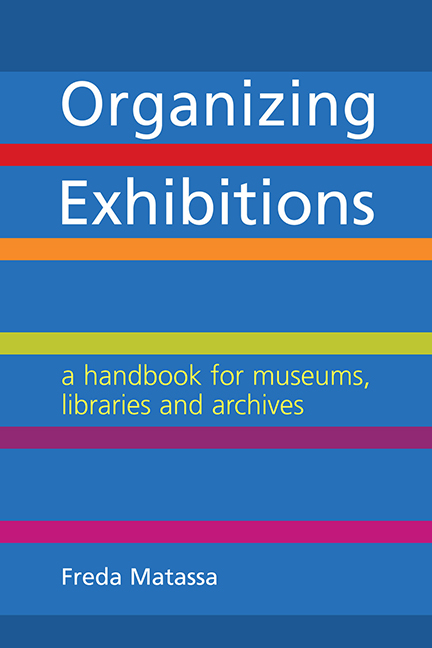Summary
Exhibitions of cultural objects can be stimulating, informative and inspiring. They allow stories to be told, new ideas to be expressed and unique items of artistic, scientific or historic importance to be displayed and interpreted in the best possible way. Although temporary in nature, exhibitions can have significant impact. The influence of the Armory Show in New York in 19131 and of the first Impressionist exhibition in Paris in 1874 cannot be overstated. Even the Great Exhibitions of London in 1851 and Paris of 1855, which introduced the latest in science and engineering as well as art, are still the subject of research and discussion today.
Exhibitions often attract huge numbers of visitors. Treasures of Tutankhamun, which was held in The British Museum, London, in 1972 and the Metropolitan Museum of Art, New York, in 1976, attracted more visitors than any previous exhibition. In 2012, the top three most visited exhibitions in the world each averaged over 7000 visits per day and were in Tokyo, Rio de Janeiro and St Petersburg.
As well as being held in major museums and art galleries, exhibitions can take place in almost any suitable space and may be about any subject. Visitors expect libraries, archives and universities to have exhibition galleries. Seeing the latest ideas or viewing cultural objects that are not normally accessible continues to attract attention locally, nationally and internationally. There are often many associated events and programmes which encourage visitors to participate both actually and online. And after the exhibition has closed and the objects returned, there are catalogues, images, a web page and a variety of other methods of continuing to connect to a temporary display.
Exhibition organization
Everything about exhibition organization can be exciting, from the initial idea to the moment when the doors open to the public. Selecting the objects and working on a theme are absorbing and creative processes. Design, signage, marketing and outreach all call for new ideas and dynamic thinking. Exhibitions always involve teamwork; working together on a theme is inspiring and can generate a great deal of creative energy.
Whether putting on exhibitions is your profession or if this is your first display, the success of the venture depends on a number of key stages in preparation and planning.
- Type
- Chapter
- Information
- Organizing ExhibitionsA Handbook for Museums, Libraries and Archives, pp. xxi - xxviiiPublisher: FacetPrint publication year: 2015



